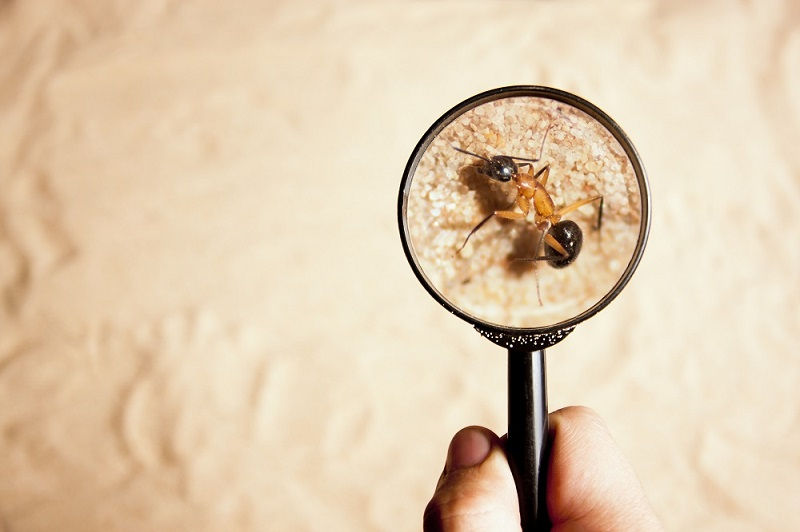Are You Dealing With Termites? Signs You Need Termite Control
- Anna Brake
- Sep 30
- 3 min read
Updated: Nov 6
When on the lookout for termite control, termite inspectors check for several crucial sources of evidence. These are warning signs that you'll be able to recognize on your own. Sadly, most of the time, you won't even know you have termites once they've destroyed your woodwork. Consequently, termite examinations are quite important.
Here Are Some Important Fact About Termite Control
Unclear tubes
Underground termites build mud tunnels, which serve as their superhighways connecting their homes to the timber they consume. These tiny passages, formed of wood and earth, are approximately the length of a pencil. Termites make these mud tubes for a variety of reasons. Since dry wood termites don't even produce mud tubes, you might still have subterranean termites.
Damage to wood
The sound of empty wood when you knock on it is a certain indicator of termite activity. The fundamental joints of your wood sustain considerable damage from termites, which results in a flattened or rippling appearance. The tunnels built by subterranean termites are essentially parallel to the wood's grain, which gives them a distinctive appearance.
Proof of swarming
Deep underground termites swarm to build a new home when the weather begins to warm up. They lose their feathers as they leave for better lands, frequently abandoning them in heaps.
Frass
Termite droppings are referred to as frass. Frass is mainly composed of very tiny oval-shaped particulate pellets. Frass is frequently discovered near moldings, window frames, and skirting boards when termites are present.
Brittle paint
Paint may blister or peel if you do have basement termites. Air and moisture can enter between the painting and the substrate when termites damage drywall. Consequently, the dampness beneath the painted wall may begin to buckle.
Live termites
Termite control at the live stage is notoriously hard. Ensure you can distinguish something from an ant if you're unfortunate enough to find one in your house. There are three subterranean termites: reproductive, and laborer.

Protect Your Home This Fall: Check These Important Areas For Termite Control
When you're trying to defend your house, there are a few additional crucial areas to pay particular attention to regarding your carport, basement, and underground space.
Wooden buildings
Termites may cause damage to outside timber buildings like a patio, barn, garage, or arbour. You should exercise particular caution if termite-resistant materials aren't used during building.
Timber fences
Termites can begin nibbling on your wooden fences if they manage to get there and ultimately take the path to your house.
Cracks
Termites frequently enter buildings through brick masonry and cracks in transverse reinforcement.
Deadwood
You invite termite activities if you keep tree limbs in your yard after falling. To ensure termite control, remove any tree limbs.
Firewood
You could have a great stack of firewood ready and wait for chilly evenings, based on where you reside. But in reality, these heaps are only set up for a termite feast. Yes, you may keep firewood as long as it is elevated off the surface and is kept at least 20 feet away from your home for termite control.
Timber Mulch
Wood may be a fantastic component of many mulches, but it could also serve as a food source or a haven for troublesome termites.
Conclusion
At the end of the day, when you are looking to opt for termite control services, it is advised that you hire only the professionals. They are the ones who can take action early and avoid further damage of your home from occurring of unwanted termites. So, if you want to safeguard your house from termites, hire the professional service experts today!




Comments